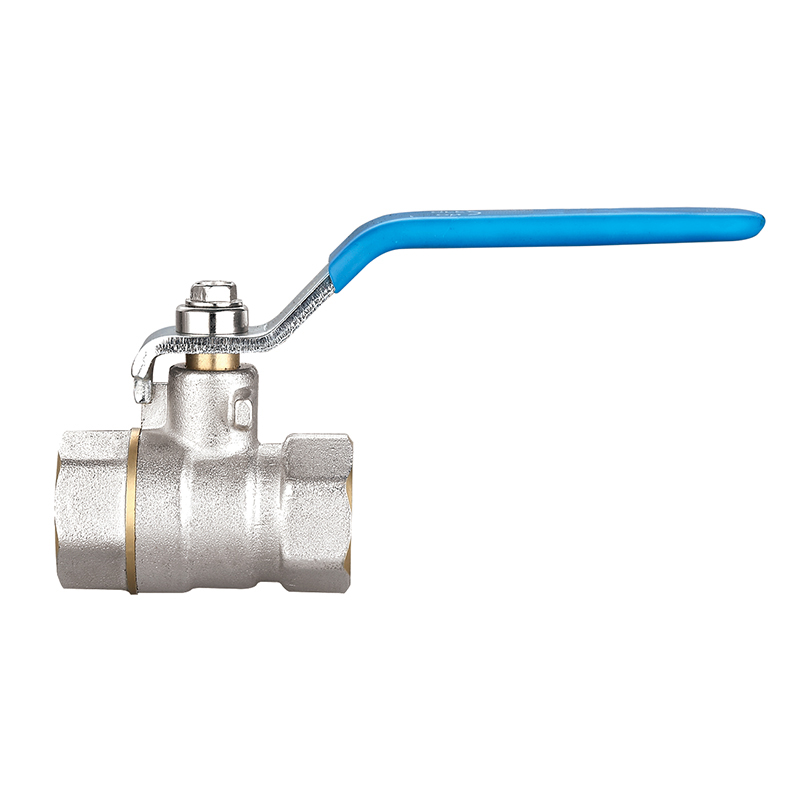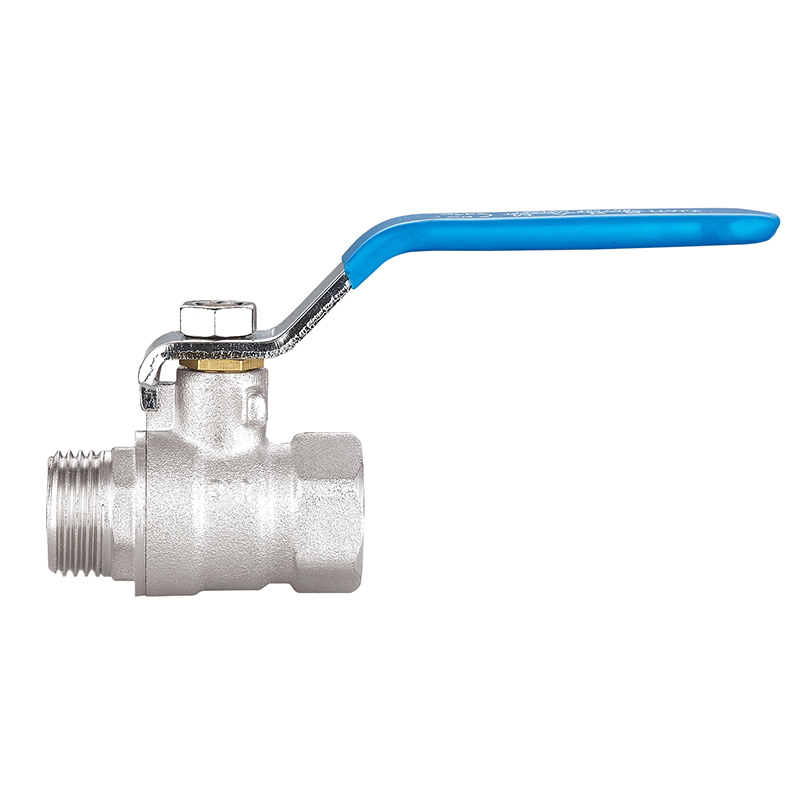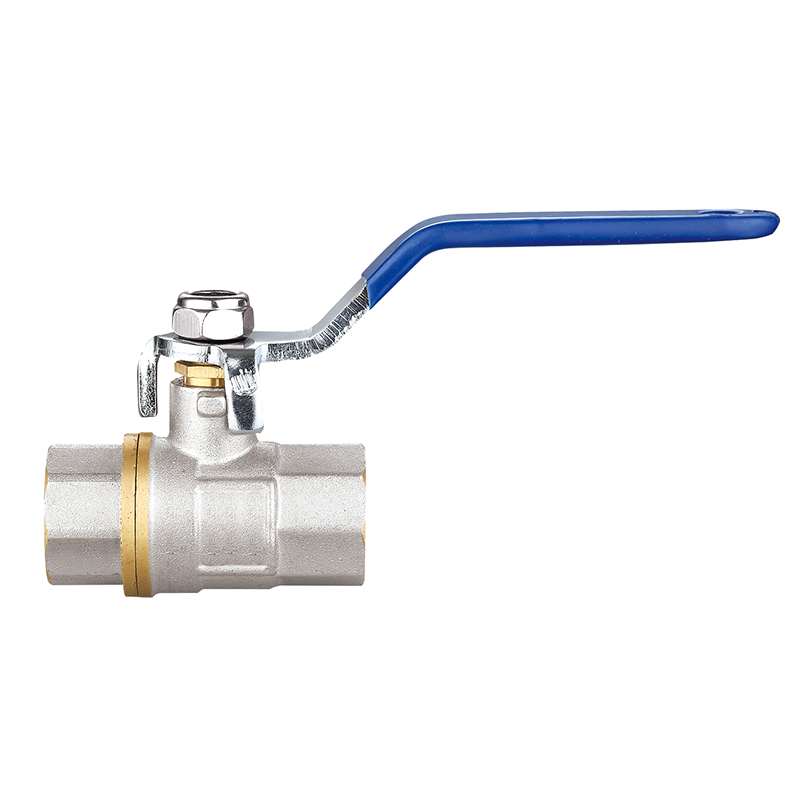Choosing the Right Angle Valve
2025-03-31
Introduction:
When it comes to plumbing, one of the most important components is the angle valve. It's a versatile and essential piece of equipment that can be found in various applications, from residential to commercial settings. However, with so many options available on the market, choosing the right angle valve can be a daunting task. In this blog post, we will discuss the factors to consider when selecting an angle valve, ensuring that you make the best choice for your specific needs.
Types and Materials
The first step in choosing an angle valve is understanding the different types and materials available. Angle valves come in various types, such as ball valves, butterfly valves, and gate valves, each with its own set of advantages and disadvantages. For instance, ball valves are known for their durability and tight shutoff, making them ideal for controlling water flow in residential settings. On the other hand, butterfly valves are preferred for their compact design and ease of operation, which is perfect for space-limited applications.
In terms of materials, angle valves can be made from brass, stainless steel, or plastic. Brass valves are known for their strength and resistance to corrosion, making them a popular choice for long-lasting performance. Stainless steel valves offer similar benefits but are more resistant to high temperatures and harsh chemicals, making them suitable for industrial applications. Plastic valves, while less durable, are lightweight and cost-effective, making them a good option for temporary or low-pressure applications.
Size and Pressure Rating
Another crucial factor to consider when selecting an angle valve is its size and pressure rating. The size of the valve should match the diameter of the pipe it will be connected to, ensuring a proper fit and preventing leaks. It's also essential to choose a valve with the appropriate pressure rating for the system it will be used in. Overlooking this can lead to valve failure or damage to the plumbing system.
Pressure ratings are typically measured in pounds per square inch (psi) and can vary significantly depending on the application. For example, a residential water supply system may require a valve with a pressure rating of 50-100 psi, while a commercial system may need a valve rated for 150 psi or higher. Always consult the manufacturer's specifications or a professional plumber to determine the correct pressure rating for your specific needs.
In conclusion, choosing the right angle valve involves considering the type and material of the valve, as well as its size and pressure rating. By taking these factors into account, you can ensure that you select a valve that will provide reliable performance and meet the specific requirements of your plumbing system. Remember, investing in a high-quality angle valve can save you time, money, and potential headaches in the long run. So, take the time to research and make an informed decision when selecting your next angle valve.
Whether you want to become our partner or need our professional guidance or support in product selections and problem solutions, our experts are always ready to help within 12 hours globally.




 русский
русский Español
Español عربى
عربى





